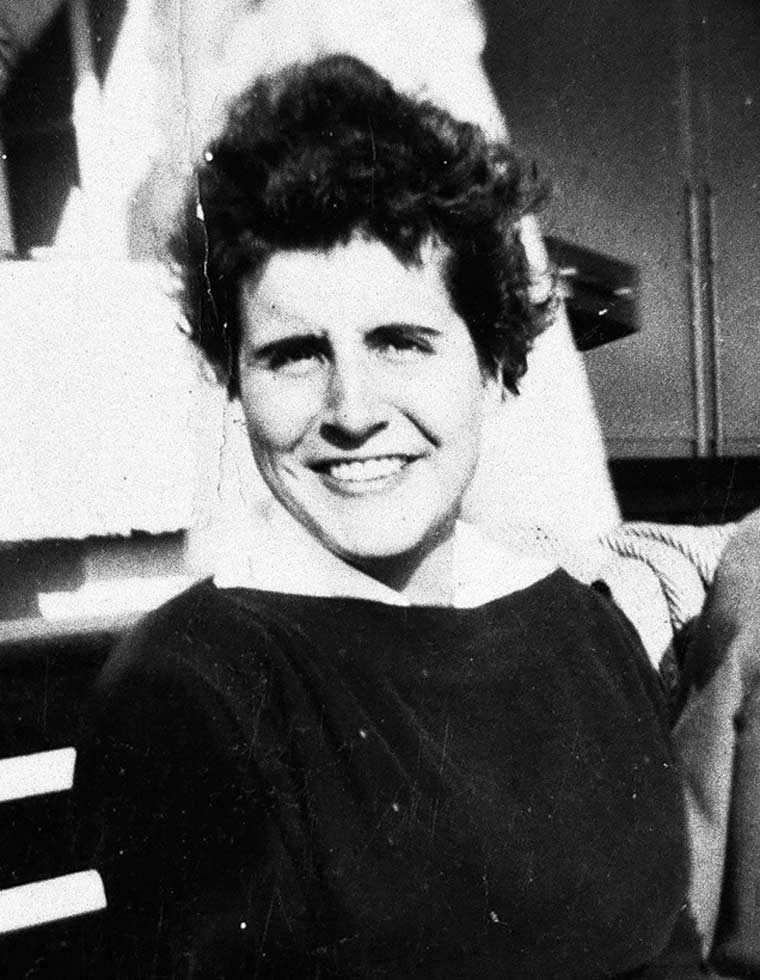Nearly half a century of research with the indigenous populations of the Brazilian rainforest has earned Lux Boelitz Vidal ’51 a singular perch among anthropologists of the Amazon.
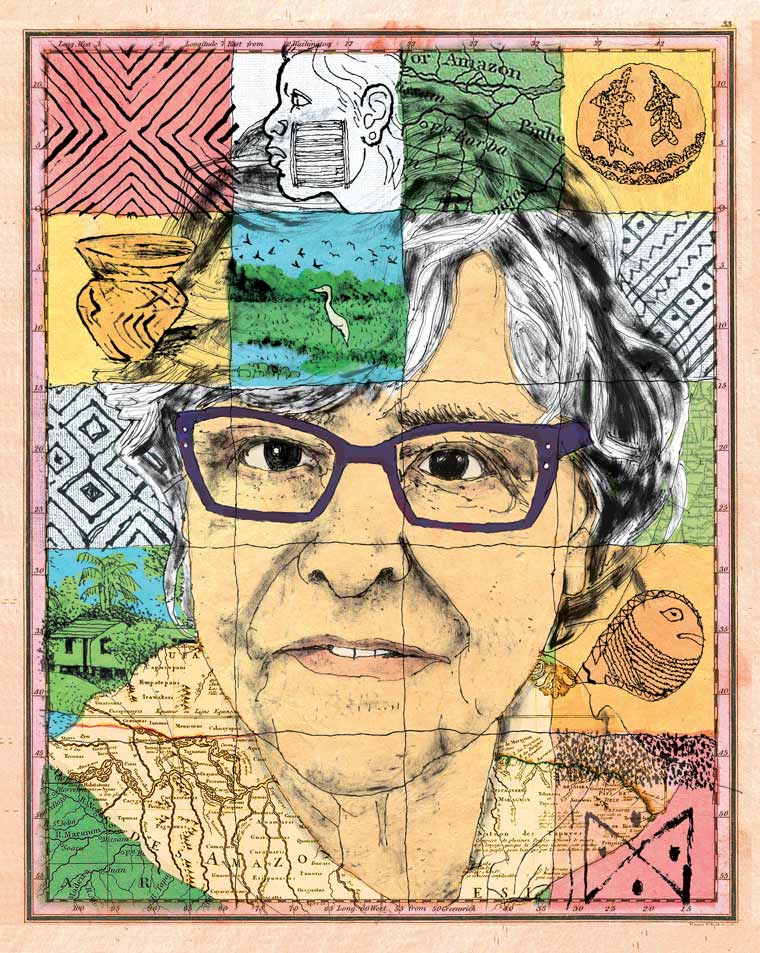
Brazil is home to an indigenous population of about 900,000 people, constituting roughly 240 distinct groups, including some who voluntarily isolate themselves in the country’s most remote areas. For the past 30 years, legal protections enshrined in Brazil’s constitution have granted the groups a measure of autonomy that has allowed their pre-Columbian cultures to survive and even thrive. But this was not the case in the early 1970s, when a fledgling anthropologist named Lux Boelitz Vidal ’51 first ventured into the Amazon rainforest. Back then, Brazil was in the grip of a repressive military dictatorship, and the group Vidal set out to study, the Xikrin Indians, teetered on the brink of extinction. Vidal’s groundbreaking fieldwork would draw the attention of a government agency that was hiring ethnologists to map the territorial boundaries of indigenous groups across the country. Vidal was tasked with delineating the Xikrin people’s land in north-central Brazil, a role that brought her into repeated conflicts with powerful logging, mining, and ranching interests eager to exploit the territory’s natural resources. Yet Vidal kept pushing back.
Nearly 50 years later, Vidal downplays her contributions to the indigenous cause. “Just academic interest and personal empathy,” she says, “getting to know them and live with them and, consequently, defending their rights when they were extremely vulnerable.
“But this is past,” she hastens to add. “Today, most Indians are able and eager to take care of themselves. And so our relationship now is very symmetrical.”
Laura Graham, an anthropologist at the University of Iowa who studies Brazil’s indigenous peoples, says Vidal and her peers were forerunners in what she calls “engaged anthropology,” combining their research with advocacy on behalf of the peoples they studied. “That came at a politically difficult time for Brazil, and it involved a lot of risks,” Graham says, “and Lux was at the front line of that work.”
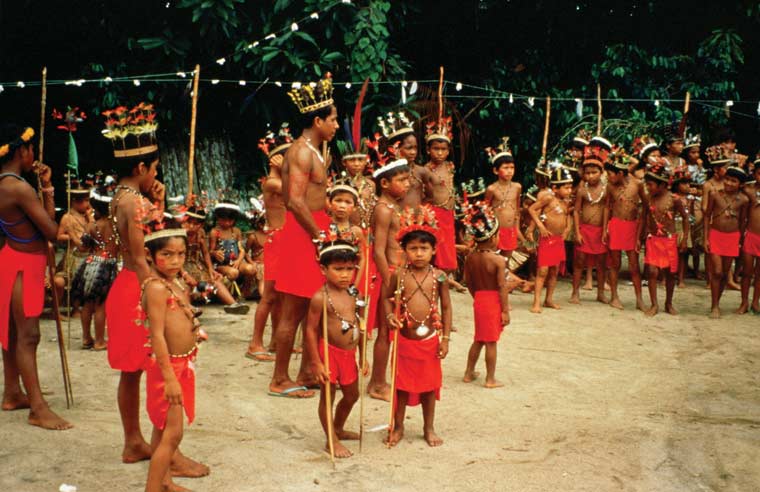
At 88 years old, Vidal is esteemed for both her pioneering role in the indigenous rights movement and her prodigious scholarship. The University of São Paulo, where she taught for 31 years before retiring in 2000, recently honored her with emerita status.
Vidal’s family fled Nazi Germany when she was 3, living in Spain and France before moving to the United States after the war. The oldest of four children, she was always interested in other people’s lives—peasants in the Pyrenees, fishermen on the Spanish coast. Yet she had no desire to study anthropology until it was suggested to her during her admission interview at Sarah Lawrence. She has fond memories of the College: living in Robinson House with Bernice Shaaker Dubois ’51, whom she still visits in Paris; discussing Spanish literature with Isabel García Lorca (Spanish), sister of the great Spanish poet and playwright Federico García Lorca; studying theatre with Madalyn O’Shea and history with Charles Trinkaus; and meeting a young J.D. Salinger at the home of her creative writing teacher. But it was studying anthropology with Irving Goldman—whose works on the Cubeo people of the northwest Amazon are still considered classics in the field—that cultivated the seeds of her future career.
After graduation, Vidal returned to France and married Armand Vidal, an engineer for Renault, the French automaker. They had the first of their three children—a daughter, Martine—and lived in Paris for a few years until Armand was transferred to Brazil. Vidal taught at her children’s French high school, but by the late 1960s, itching to do more, she commenced graduate studies in anthropology at the University of São Paulo.
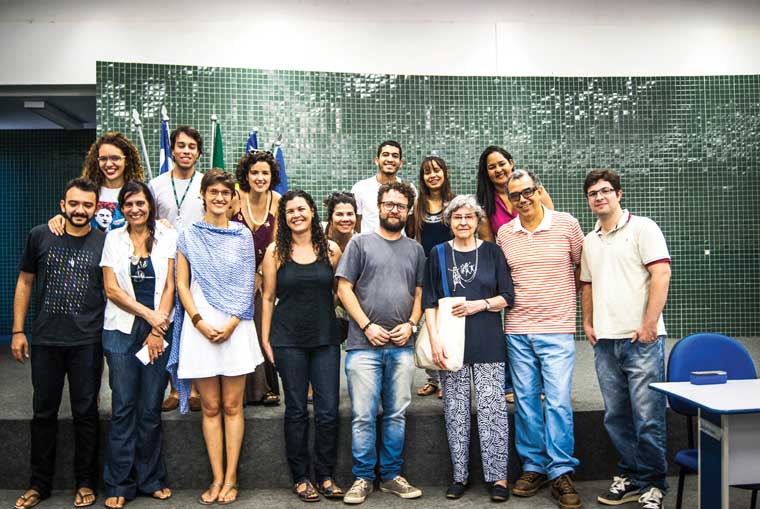
It was in the midst of this course change that Martine was killed in an accident at age 16. Grief-stricken, Vidal accepted an invitation from a French Dominican missionary friend to accompany him into the rainforest, where he was working with the Xikrin people, who had recently returned to their ancestral territory along the Cateté River. Vidal’s experience with the Xikrin would become the basis of her master’s and doctoral theses, the first major writing she attempted in the Portuguese language, as well as her first book, Morte e vida de uma sociedade indígena brasileira (Death and Life of a Brazilian Indigenous Society), published in 1977.
One experience in particular stands out: a richly symbolic event called merêrêmê. For an anthropologist just beginning her career, this was a mother lode of indigenous ceremonies to witness—a compilation of elements of the group’s most important rituals, which the Xikrin had been unable to perform for lack of members, rolled into a days-long spectacle of dancing. All the group’s members participated, adorned in feathers and elaborate body art, the painstaking application of which, Vidal learned, was integral to the ceremony. She was spellbound.
“By doing this,” she says, “during the rituals they embody the supernatural being who, in mythological times, through shamanic activities, transmitted to them all the precious things they have … especially beautiful names, artifacts, ornaments, fire, cultivated plants like corn, but also songs, narratives.”
Vidal’s work established her as a leading authority in the field of ethno-aesthetics, which considers artistic expressions and body art vital to understanding how indigenous societies view themselves and the world around them. Later she developed a second research program, spanning 1990 to 2008, focused on four indigenous groups in the extreme north of Brazil.
Since her retirement from teaching, Vidal has continued to work alongside those four groups as they develop an Indian-run indigenous museum in Oiapoque. The project represents a major milestone in indigenous relations, underscoring the degree to which these once-disparate peoples are collaborating and charting their own course. “Many Indians today have recovered the use of their languages and teach traditional aspects of their culture alongside formal Portuguese school programs,” Vidal notes. “Some Indians, and every day more of them, have access to higher education.”
Indigenous media is of special interest to Laura Graham, who has known Vidal since her graduate school days in the 1980s at the University of Texas in Austin, where Vidal was a teaching fellow. “She’s a fireball,” Graham says of Vidal, whom she considers a mentor. “She’s full of energy, always enthusiastic, and happy to receive word of what people are doing. And she’s extremely supportive, especially of younger scholars and women.”
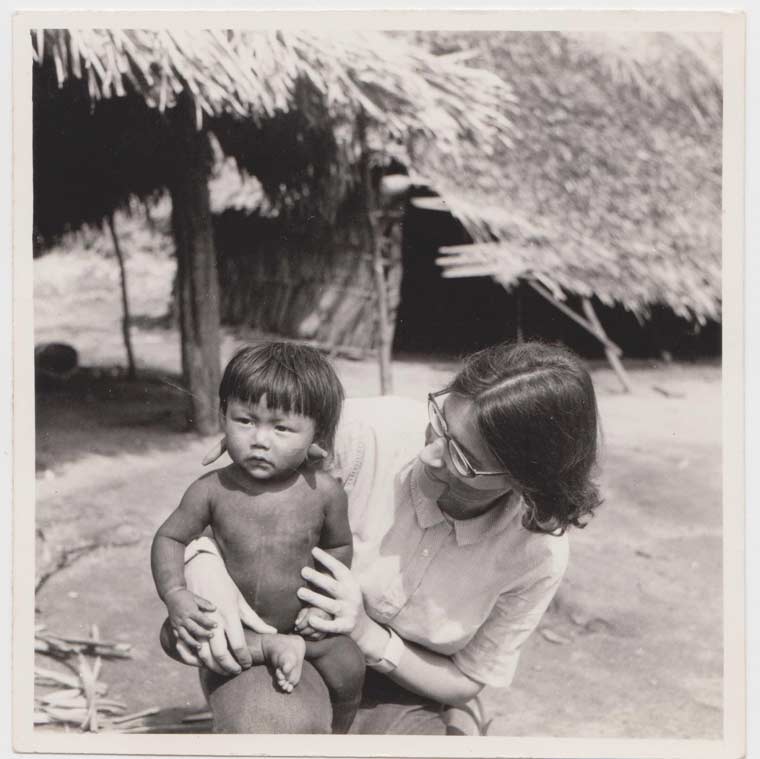
Vidal still lives in São Paulo and remains active with several pro-indigenous organizations. Yet many of the gains she witnessed over her career are in jeopardy today. The Xikrin, for example, have seen their population increase from fewer than a hundred to about 1,000 members, but contamination from a nickel mining plant is polluting their river. “The surroundings of their territory are also quite devastated, absolutely deforested,” Vidal says.
Vidal continues to make her voice heard on these important issues. “Lux Vidal is not only a renowned anthropologist; she’s a force of nature,” marvels longtime colleague Anthony Seeger, a professor emeritus of ethnomusicology at UCLA, who has known Vidal for more than 40 years. Three years ago they reunited in São Paulo at an event celebrating Seeger’s book on the music of the Kisedje people.
“She attended but excused herself, saying she had to get a grant application done by evening,” Seeger remembers. “As always, Lux was on the move and proposing to do new things.”
Written by Shannon Mullen
Illustrated by Daniel Baxter
Photos courtesy of Lux Vidal
